As India officially observes its second “Women Farmer’s Day”, it’s an opportune time to ask if the bureaucratic structure has developed an understanding on feminisation of agriculture? For the last three decades, system recognizes technology as a ‘means’ to achieve certain agricultural ‘ends’, but have not thought of women-friendly technology and policies.
Undoubtedly, India has been witnessing prolonged agrarian crisis. Though little but there is an alarming debate within and with the stakeholders. Uncertainty of crop output, negligence of agriculture by government and its agencies, farmers indebtedness, changed rainfall and temperature pattern and impacts of climate change, and farmer suicides have become part and parcel of agriculture today. But what has been majorly missing is: Feminist school of thought in agriculture. Having said this, it is also crucial to understand gender demographics in agriculture.
Feminisation of agriculture
Consider the media representation of women in farming. If the image of a farmer is face furrowed looking up at sky in the hope of first monsoon rain, a woman in farming is depicted as bringing lunch for her husband or son in the field. Needless to say, patriarchy runs deep in our societies.
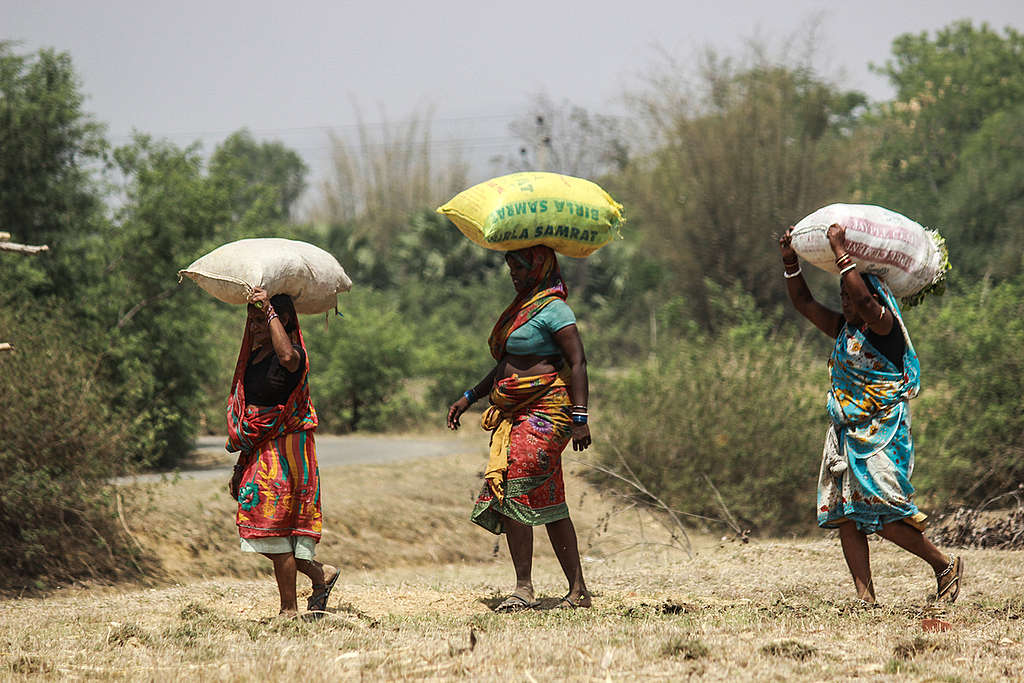
Kedia is part of Greenpeace Living Soils project, which is a nationwide campaign with a call to implement government policies to save the soils from harmful impacts of chemical fertilizers.
These largely un-recognised faces in fields are involved in a number of things related to farm management. However except ploughing, women are involved in almost all aspects of farming including seed selection, sowing, planting, weeding harvesting and post-harvest management. Overall, the labour burden on women farmers far exceeds that on men farmers. Yet their contributions have been marginalized within the marginalized farming communities, making for ‘double marginalization’. Women farmer’s day is, therefore, a fantastic opportunity to recognize the labour of women in farming.
Typically, unpaid clan of women farmers work at home on their household chores and also at farms but remain unpaid there too. Employers do not consider them as labour force but as helpers to their husbands on field. Consequently, although women’s share in agricultural fields is significant but their share of production is ignored empirically.
Survey by Food and Agriculture Organization suggests that if in developing countries such as India, women in farming had equal access to resources as their counterparts, it would increase output by 20-30% that might result in dramatic hunger reduction.
Gender divide in agriculture
Socio-economic implications of gender divide in agriculture needs to be studied thoroughly. Since liberalised economy has forced large scale inter-state migration; flocks of men migrate to cities in search of better employment opportunities while women are left behind to manage farms and households. In this way, women act as catalysts of change. They usher the nudge for sustainable agriculture and biodiversity conservation to the larger farming communities. Therefore, women in farming not only become crucial to ‘sustainable’ economic security for their families but also the agricultural productivity of the region.
Compared with men, women possess nominal land and livestock holdings. Since the change in laws, land holdings have been registered in the name of women to avail tax incentives, however, they still don’t have adequate say in decision making. According to a study by Women Earth Alliance, 85% of rural women in India are farmers (including seasonal and part-time work in the fields), while only 5% of land is owned by them. This is the figure for land owning farming communities. Meanwhile, the situation of landless labourers is even more grim. Add to this the caste prejudice in India, the marginalized are further un-dignified and immodest of the discriminations of ‘n’ types.
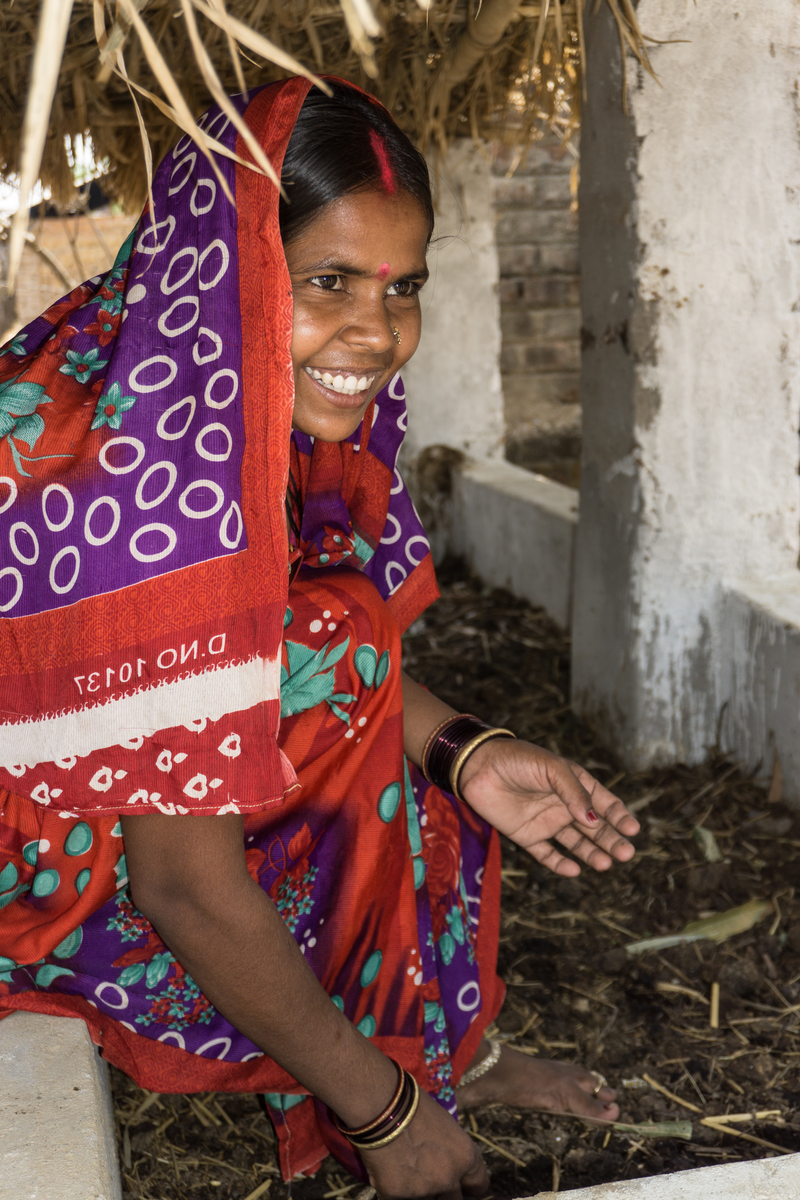
Poonam introduced her husband to Santosh Kumar, Greenpeace India Sustainable Agriculture Campaigner, when she heard about the eco agriculture techniques. Kedia is part of Greenpeace Living Soils project, which is a nationwide campaign with a call to implement government policies to save the soils from harmful impacts of chemical fertilizers.
Even the credit facilities are not gender neutral. This is for the simple reason that women do not have access to collaterals that can meet loan requirements. Also, since inheritance rights are passed on to male heirs, disparity remains unaddressed. Self-help groups have tried to tackle this to some extent. Still, it’s very dubious to believe how money would be spent is decided by women. To acknowledge the labour of women in farming, the Union Ministry of Agriculture recently set aside October 15th as “National Women Farmer’s Day.”
Of course, education could have been a means to conscious understanding of equality and liberty. Alas, the education system in India is exacerbated by cultural and societal norms. If Brahmins and the privileged had restricted access to education for women in early days, afterwards, it is largely men who restrict women’s exposure to education. I sum it as, “Divided by caste, class and ideologies, united by Patriarchy.” In conclusion, gender interventions in agriculture can only serve good when challenges of differential access to land, capital, assets, human capital and other means of production are dealt.
Join twitter today, 6 -8:30 pm IST using the hashtags #MahilaKisanDiwas and #WomenFarmersDay to stand up for women’s rights in farming.
Rohin Kumar is a Food For Life Campaigner at Greenpeace India.
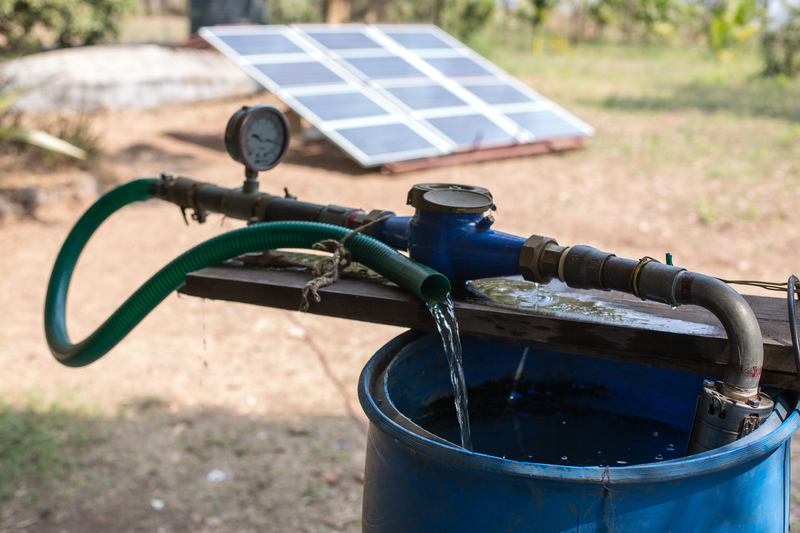
From sunlight to a clean energy efficient farming for securing a sustainable energy future for India!
Get Involved
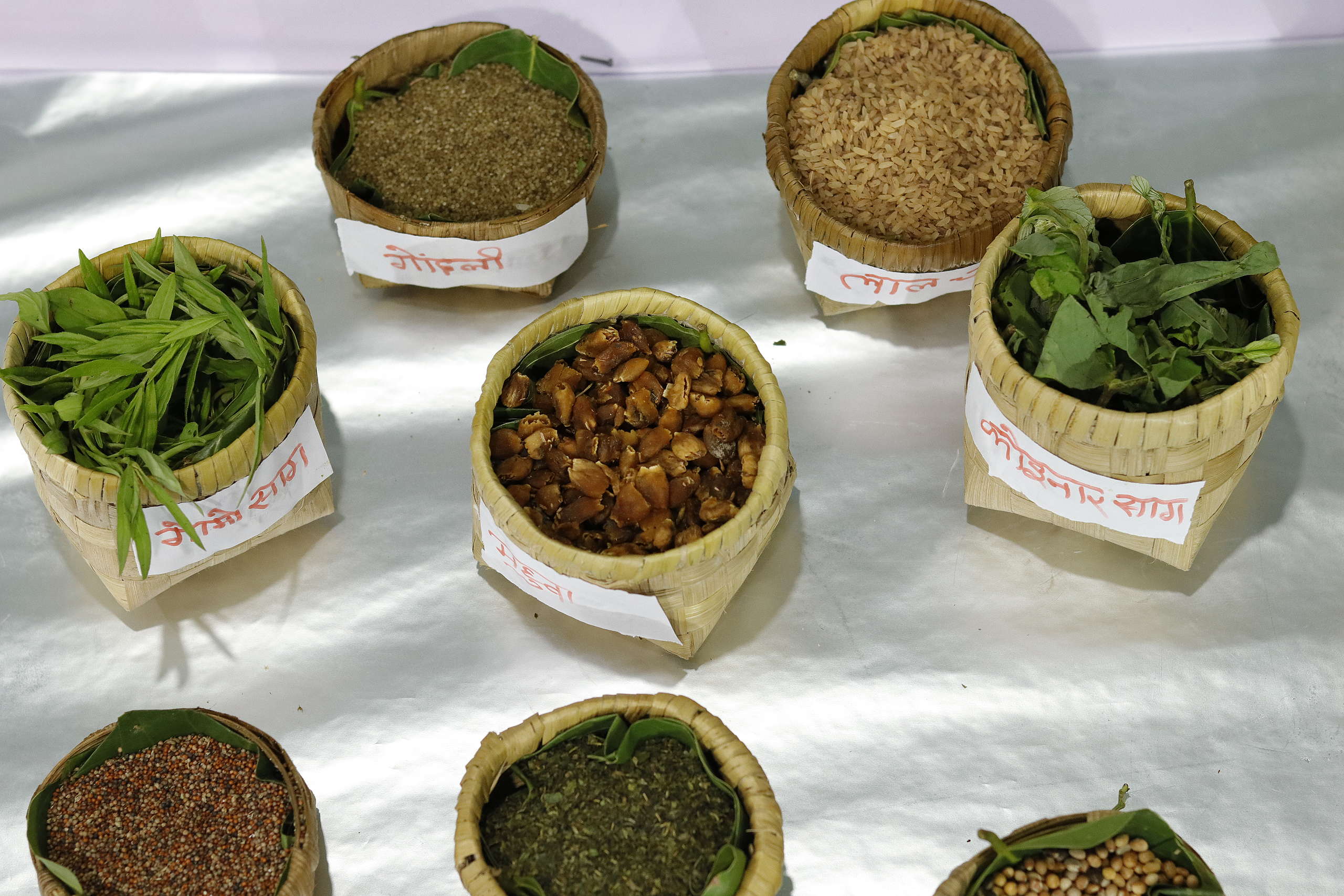
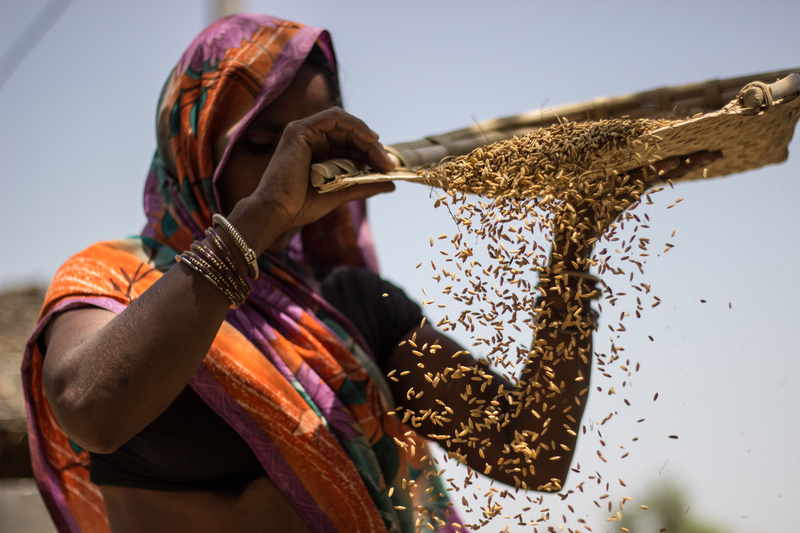
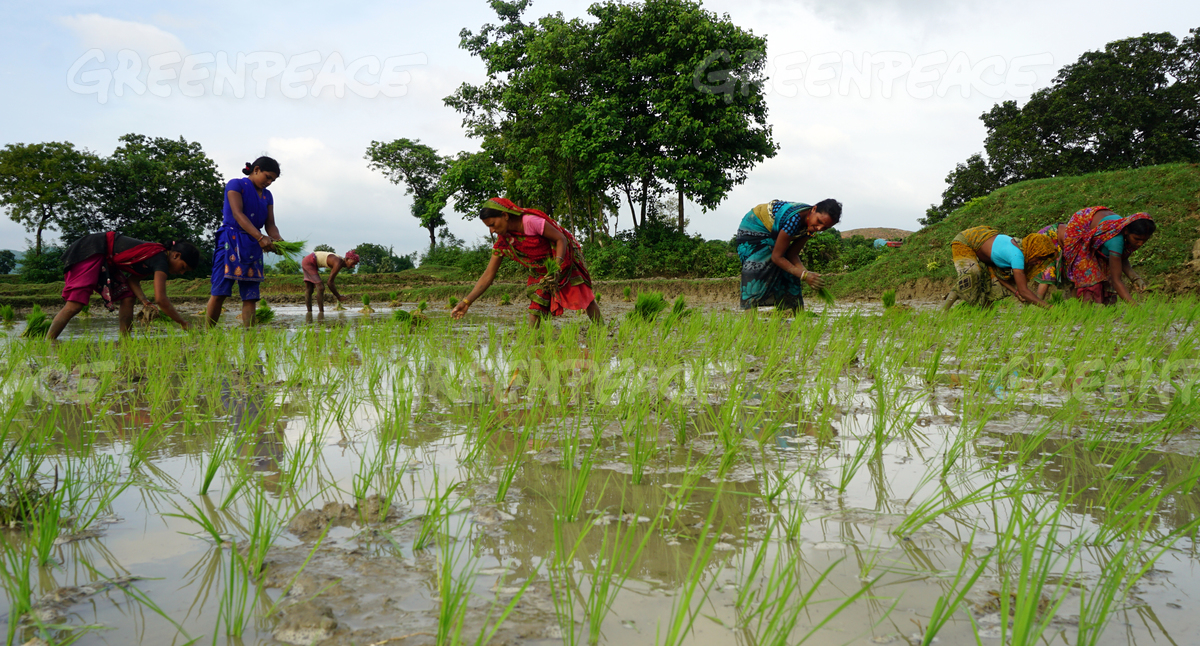
Discussion
thank u for recognizing women farmers n commerating a day for them .the opening lines say "for the contribution of labour....."i seek to clarify tht womens contribution in agriculture shd not be recognised as labour contribution that would make them agricultural labourers . lets redefine the word "women farmers " not farm women or women labourers.... they are the real force behind an agrian family , in households where women are averse to farming there will not exist a farm family,they will end as neo migrants to the nearest urban locale n start being first gen urbanites all women who are directly or indirectly involved in the agrarian sector shd be glorified and treated as women farmers not for contributing towards labour alone.